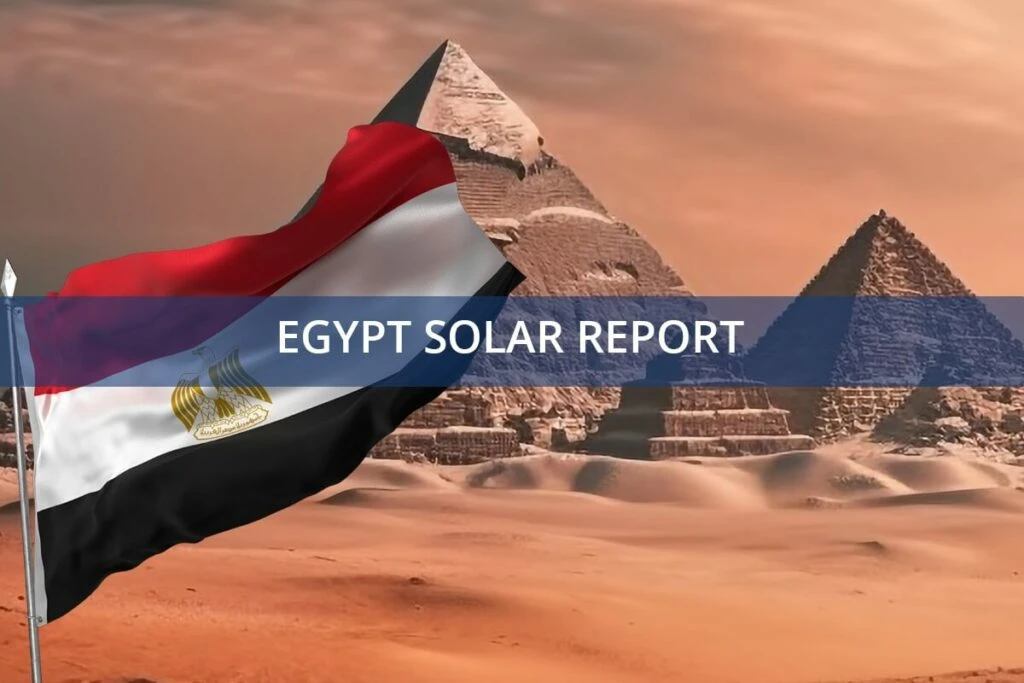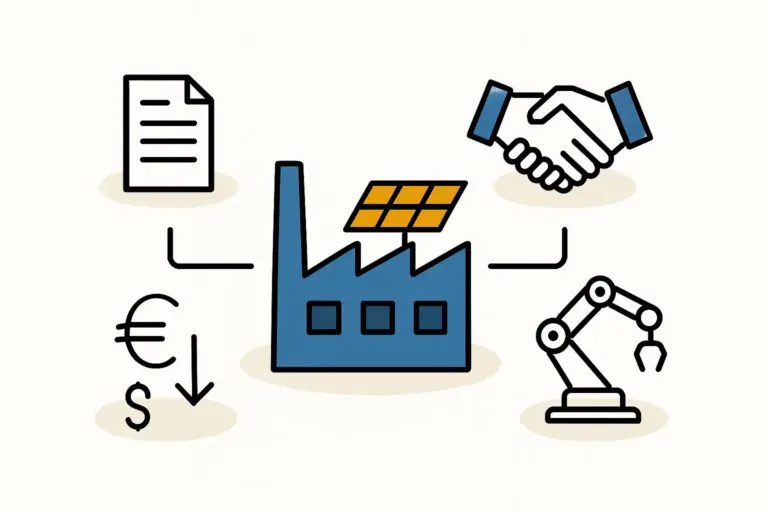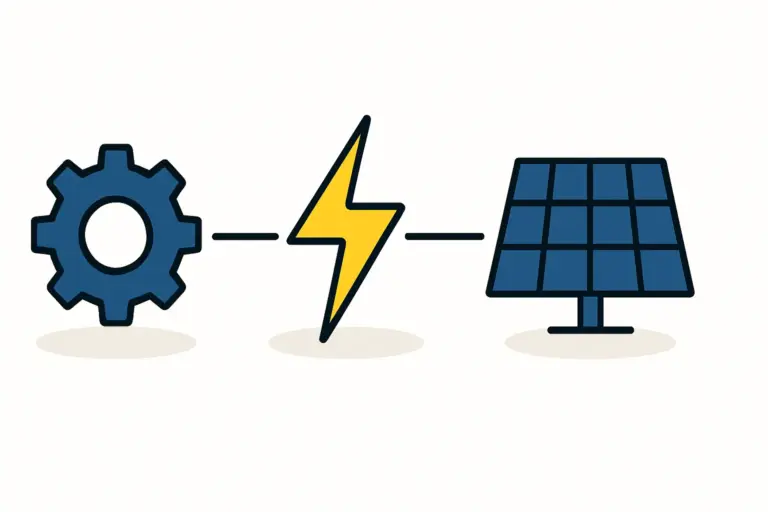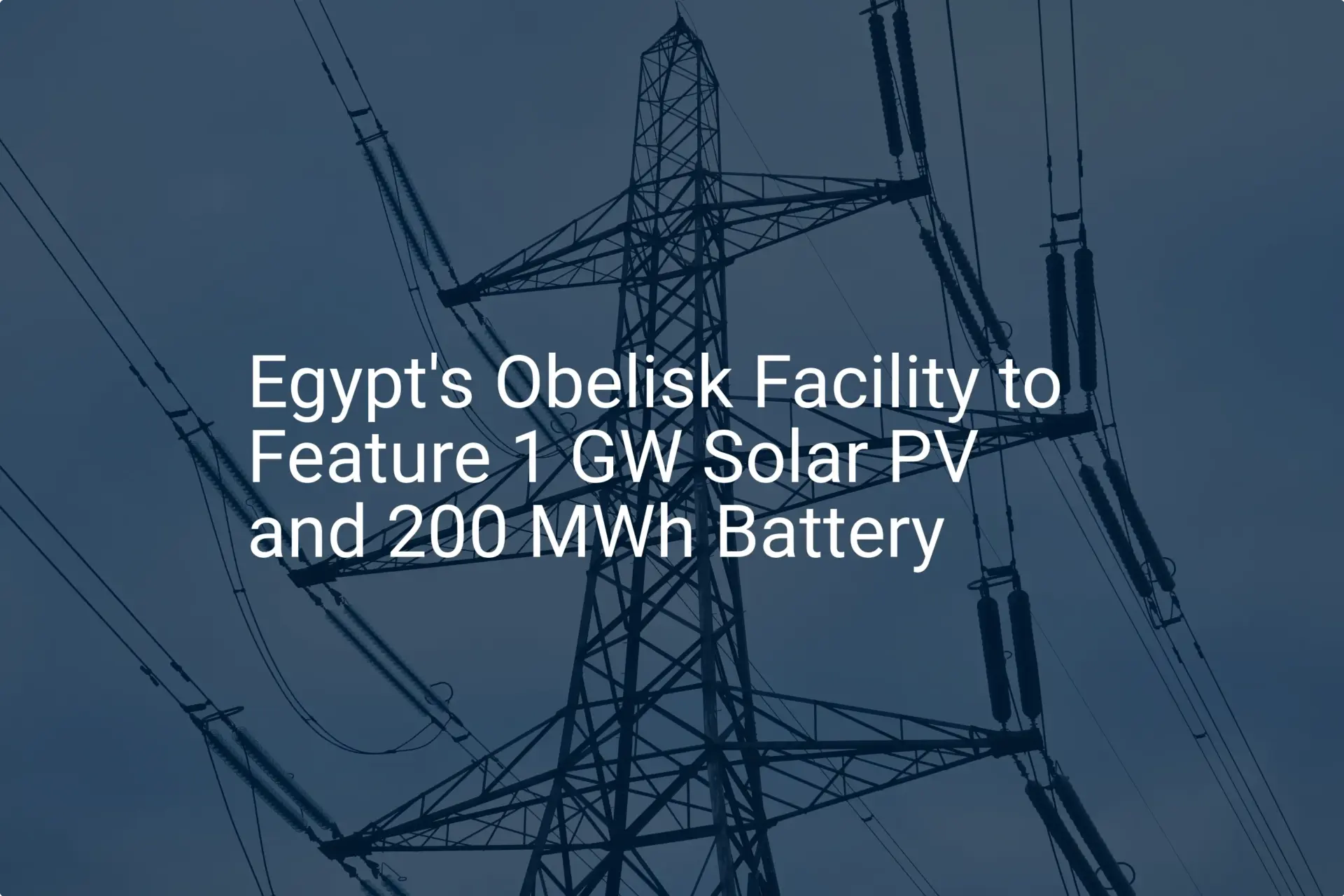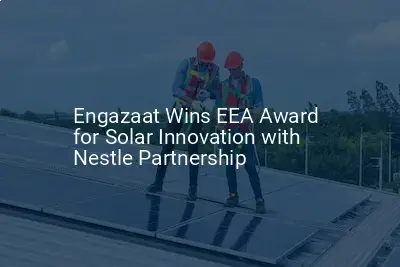While Egypt’s abundant sunshine offers an immense opportunity for solar energy, its climate also presents unique engineering challenges. A solar module that performs perfectly well in a moderate European climate may underperform significantly in the high-heat, high-irradiation, and arid conditions of the region. For investors and entrepreneurs, understanding these distinctions isn’t merely a technical detail—it is fundamental to a solar project’s long-term profitability and bankability.
This guide breaks down the key technical specifications solar modules need to achieve peak performance and durability in demanding desert environments like Egypt’s. We’ll move beyond standard datasheet values to explore the critical components and design philosophies that separate a resilient, high-yield module from one that degrades prematurely.
Why Standard Solar Modules Underperform in Arid Climates
Most solar modules are rated under Standard Test Conditions (STC), which assume a cell temperature of 25°C and an irradiance of 1000 W/m². These laboratory conditions provide a useful baseline for comparing products but don’t capture the reality of a project site in Aswan or Benban, where cell temperatures can easily exceed 60–70°C.
This discrepancy has direct financial implications:
-
Heat-Induced Power Loss: All crystalline silicon solar cells lose efficiency as they get hotter. A standard module can lose 15% or more of its power output on a hot day, directly impacting energy yield and revenue.
-
Accelerated Material Degradation: The combination of intense ultraviolet (UV) radiation and high temperatures speeds up the aging of module components, leading to issues like encapsulant browning and backsheet cracking, which permanently reduce performance.
-
Soiling and Abrasion: The accumulation of dust and sand not only blocks sunlight and reduces output but can also create hotspots that damage cells. This requires frequent cleaning, which increases operational costs and consumes scarce water resources.
Deconstructing the Solar Module for Desert Conditions
A solar module is an assembly of several carefully chosen components. To withstand a desert climate, every layer must be optimized for durability and performance. Understanding the complete solar panel manufacturing process highlights why material choice at each stage is so critical.
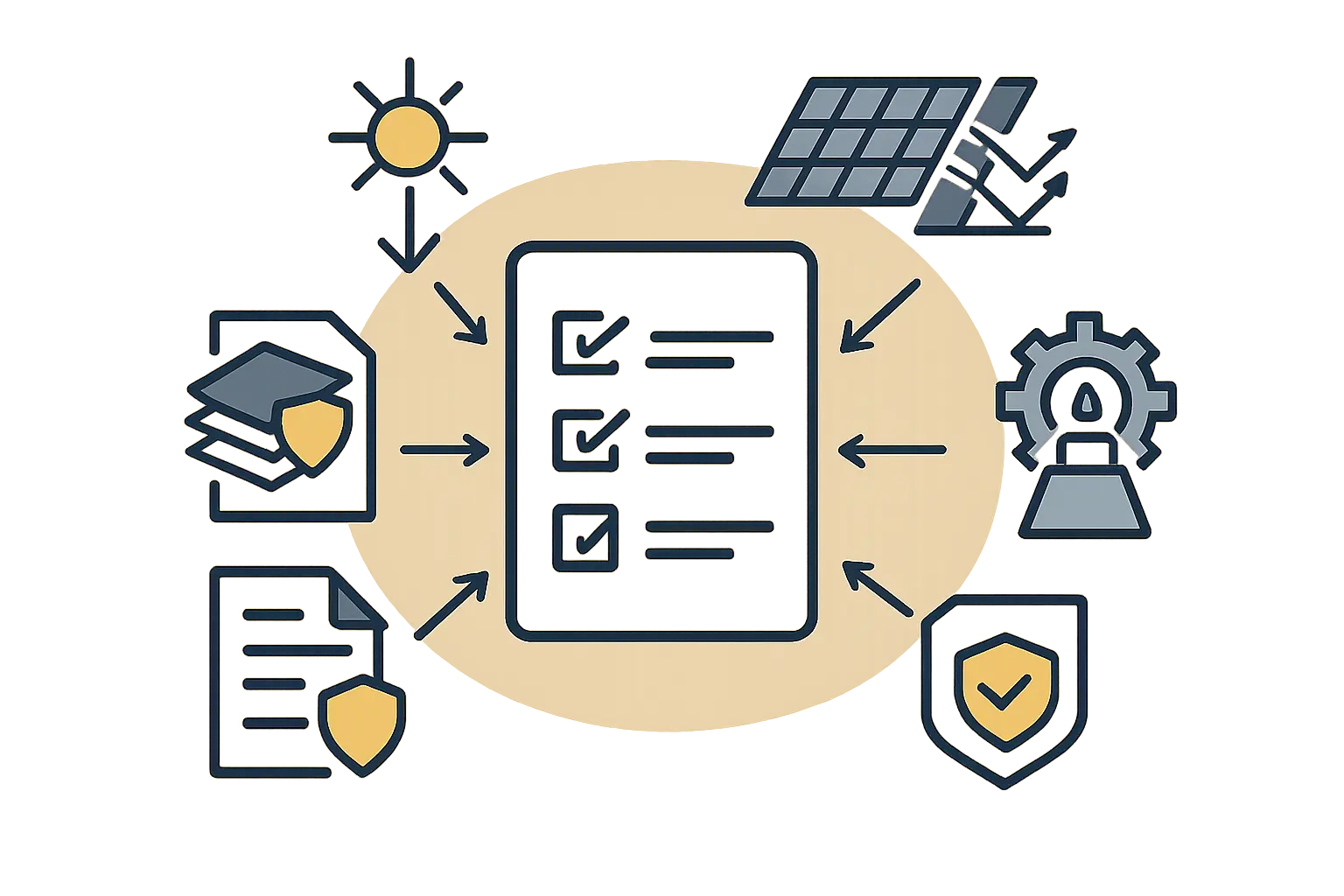
Front Glass
As the first line of defense, the front glass must be durable and maximize light transmission. For arid regions, high-quality glass is often treated with an anti-reflective (AR) coating. More advanced designs incorporate specialized coatings that also provide anti-soiling properties, reducing dust adhesion and making cleaning easier.
Encapsulant (EVA)
The encapsulant, typically Ethylene Vinyl Acetate (EVA), bonds the glass, cells, and backsheet while protecting the cells from moisture and physical impact. Under high UV and heat, low-quality EVA can ‘brown’, turning yellowish and opaque. This irreversible degradation blocks sunlight from reaching the cells. Modules for desert climates require EVA with a high gel content and advanced UV blockers to ensure long-term transparency and stability.
Solar Cells
While the choice of solar cell manufacturing technology (e.g., PERC, TOPCon) is important, the temperature coefficient is a more critical parameter for hot climates. This value, found on the module datasheet, indicates how much power is lost for every degree Celsius the cell temperature rises above the 25°C standard. A lower temperature coefficient is highly desirable.
Backsheet
The backsheet protects the rear of the module from the elements. In desert conditions, it must withstand extreme temperature fluctuations and high UV exposure without cracking, delaminating, or degrading. Multi-layered polymer backsheets, such as those using Tedlar (PVF) film, have demonstrated decades of field-proven durability in these environments.
Junction Box
This small but vital component houses the bypass diodes and electrical connections. To prevent dust and moisture ingress, a high Ingress Protection (IP) rating of IP67 or IP68 is essential. Well-designed junction boxes also help dissipate heat from the bypass diodes, preventing them from failing prematurely.
The Critical Challenge of Heat and Its Impact on Performance
The single most significant environmental factor affecting module performance in Egypt is heat. This coefficient dictates the rate of power loss. For a typical module with a coefficient of -0.40%/°C, a cell temperature of 65°C (40°C above STC) results in a power loss of 16%.
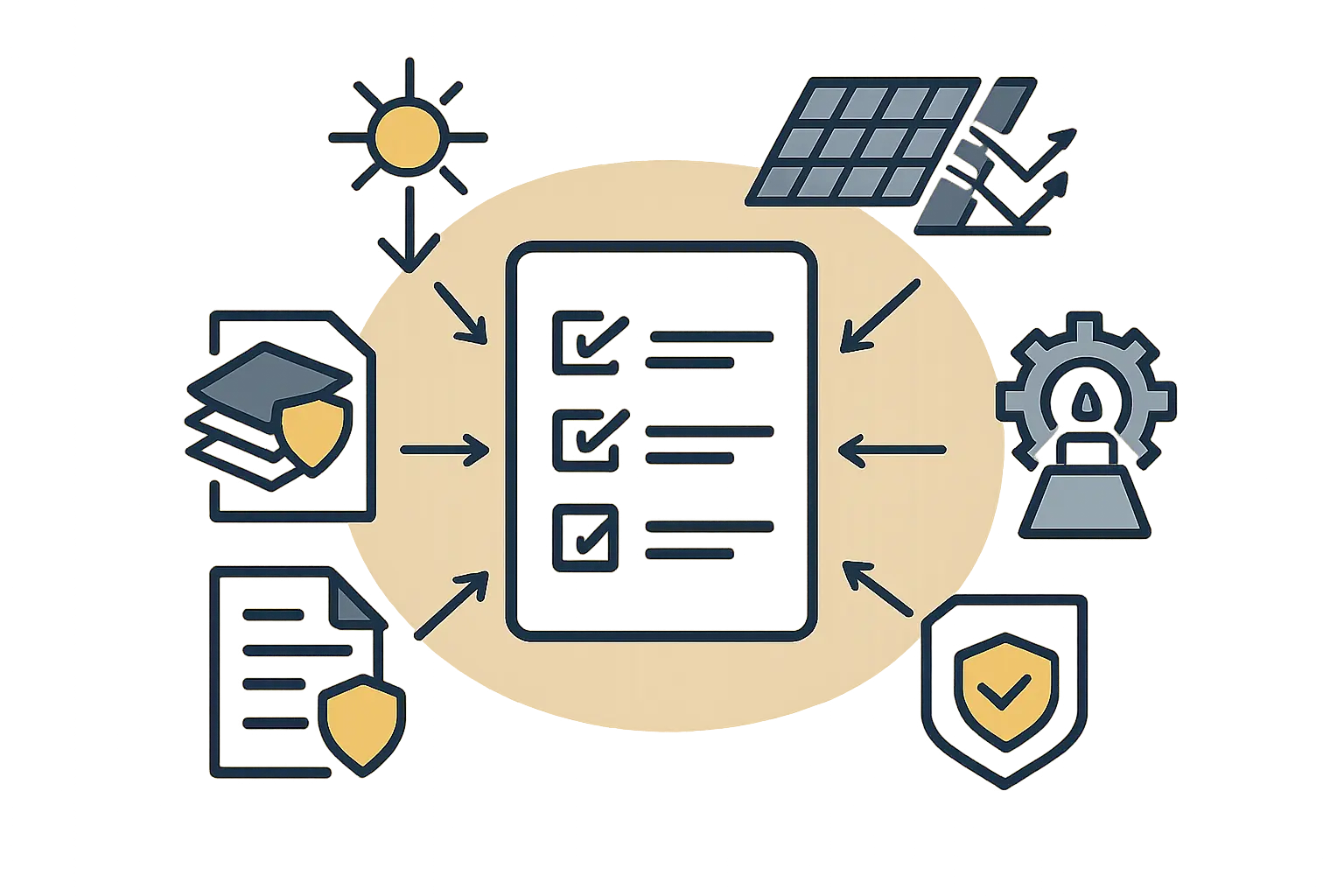
This is not a temporary effect; it occurs every day, reducing the plant’s total annual energy production. Based on experience from J.v.G. Technology turnkey projects, selecting modules with a lower temperature coefficient (e.g., -0.35%/°C or better) can lead to a measurable 2–4% increase in annual energy yield in hot climates. Verifying these performance claims through rigorous photovoltaic module testing is a crucial part of the procurement process.
Managing Dust and Soiling: The Silent Yield Killer
In arid and desert regions, soiling from dust and sand is a primary operational challenge. A layer of dust can easily reduce a module’s output by 10–20% or more in just a few weeks, requiring a costly cleaning cycle that consumes both manpower and water.

The financial impact is twofold: the direct cost of cleaning operations and the lost revenue from reduced power generation between cleanings. Furthermore, uneven soiling can lead to hotspots, where partially shaded cells heat up excessively and risk permanent damage.
Advanced Solutions: The DESERT+ Technology Example
Specialized module technologies have been developed to address these combined challenges. One such approach, which can be called DESERT+ technology, integrates several optimizations into a single, purpose-built product. This is not a brand name but a design philosophy.
A module built on this principle typically includes:
-
Anti-Soiling and Anti-Reflective Glass: A specialized coating on the glass that is both hydrophilic (spreads water for easier cleaning) and anti-static, reducing the initial accumulation of dust.
-
Highly UV-Stable Materials: Use of encapsulants and backsheets with proven resistance to browning and degradation under extreme UV and thermal loads.
-
Low Temperature Coefficient: Selection of solar cells and module designs that inherently perform better at elevated temperatures.
-
Robust and Sealed Components: IP68-rated junction boxes and durable frames designed to withstand thermal expansion and contraction.

While such modules may have a higher initial price, the investment is often justified by a lower Levelized Cost of Energy (LCOE) over the project’s lifetime, thanks to higher energy yields and reduced cleaning costs.
FAQ: Key Questions on Egypt-Specific Module Design
What is the most important factor to consider for modules in Egypt?
It’s not a single factor but the synergy of three: heat tolerance (a low temperature coefficient), material durability against UV radiation, and effective mitigation of soiling losses through design and coatings.
How much power is really lost due to high temperatures?
On a hot, sunny day, it’s common for a module’s power output to be 15–25% below its nameplate STC rating due to thermal effects alone. This is a real and recurring loss that must be factored into any financial model.
Are anti-soiling coatings worth the extra cost?
This requires a site-specific calculation. An investor should weigh the coating’s premium against the projected savings from reduced cleaning frequency (labor, water) and the increased energy production from cleaner panels. In very dusty areas with high water costs, the payback period can be quite short.
What certifications should one look for?
Beyond standard certifications like IEC 61215 and IEC 61730, look for modules that have undergone extended reliability testing, such as dust and sand abrasion tests (IEC 60068) or specialized ‘desert climate’ sequence tests offered by third-party laboratories.
Conclusion: From Component Selection to Long-Term Profitability
Designing solar modules for Egypt’s climate requires a shift in perspective—from focusing on a low purchase price based on STC ratings to prioritizing long-term energy yield and durability in real-world conditions. The right technical specifications for the glass, encapsulant, backsheet, and cells are not minor upgrades; they are essential for ensuring a project’s financial success and operational stability.
For entrepreneurs planning to enter this growing market, a deep understanding of these environmental and technical requirements is a critical first step. It informs every subsequent decision, from factory design to material procurement, and is a vital part of learning how to start a solar panel manufacturing plant that produces competitive, reliable, and climate-appropriate products. By prioritizing engineering excellence, manufacturers can deliver modules that truly unlock the region’s vast solar potential.

